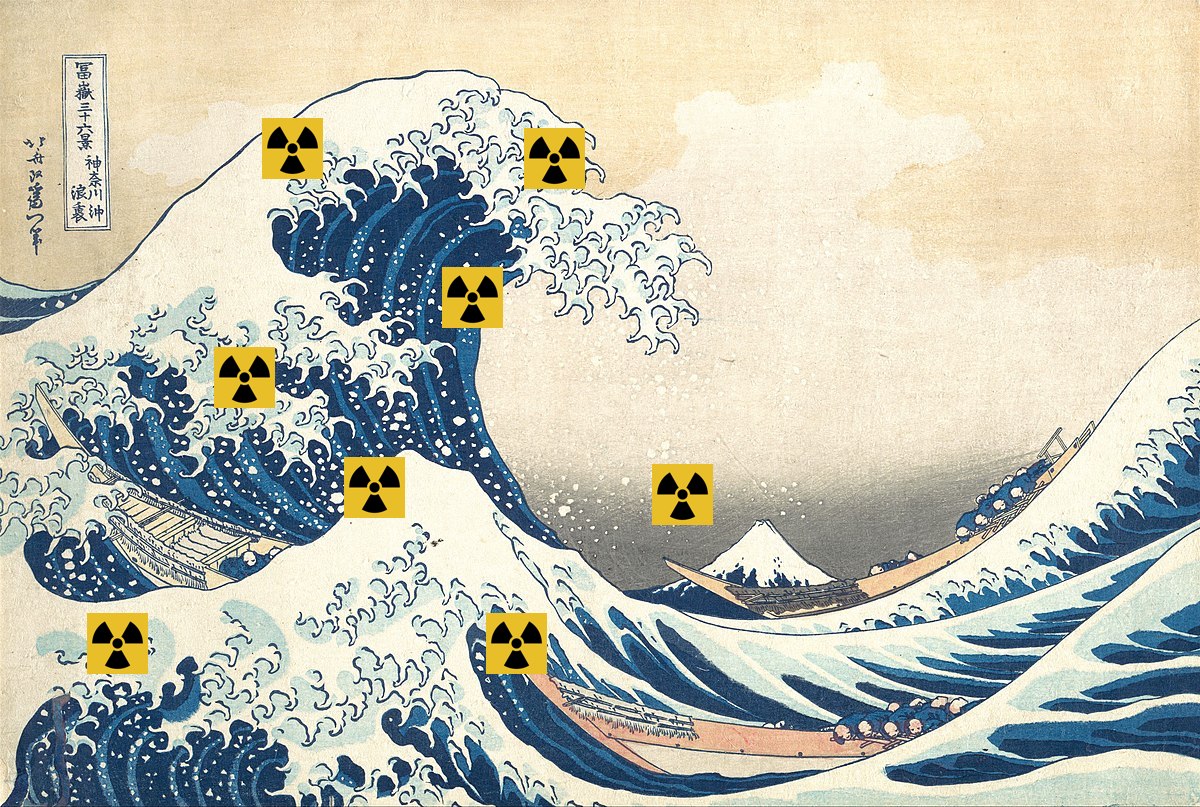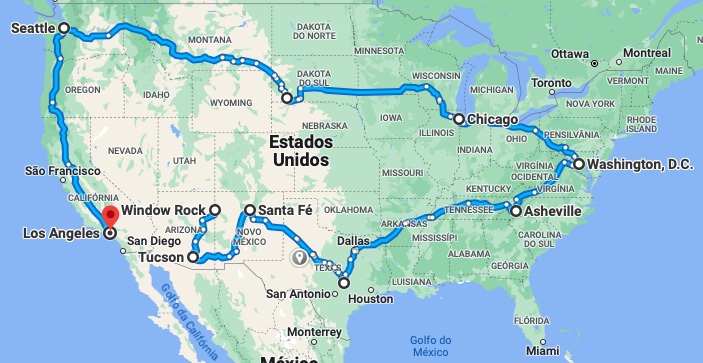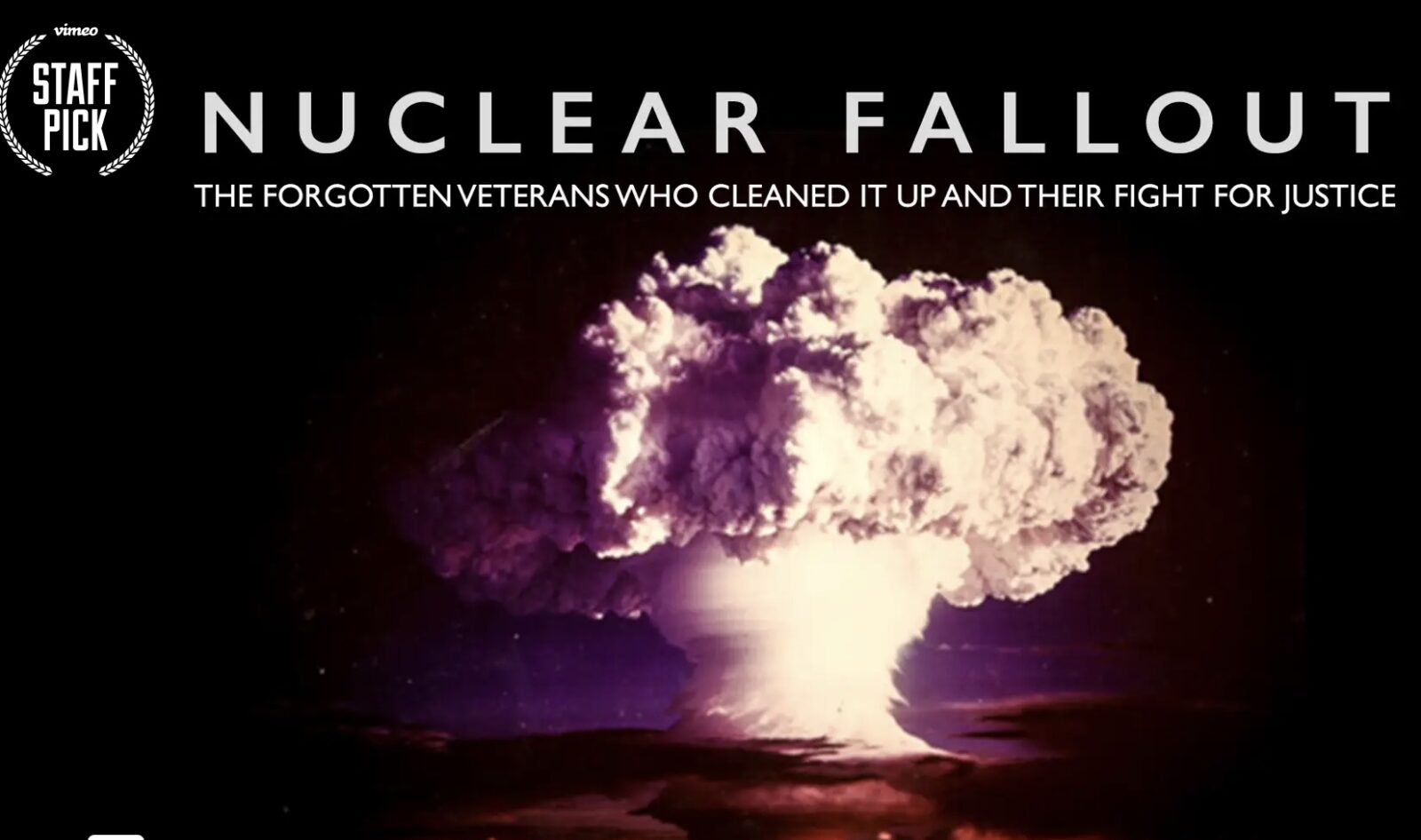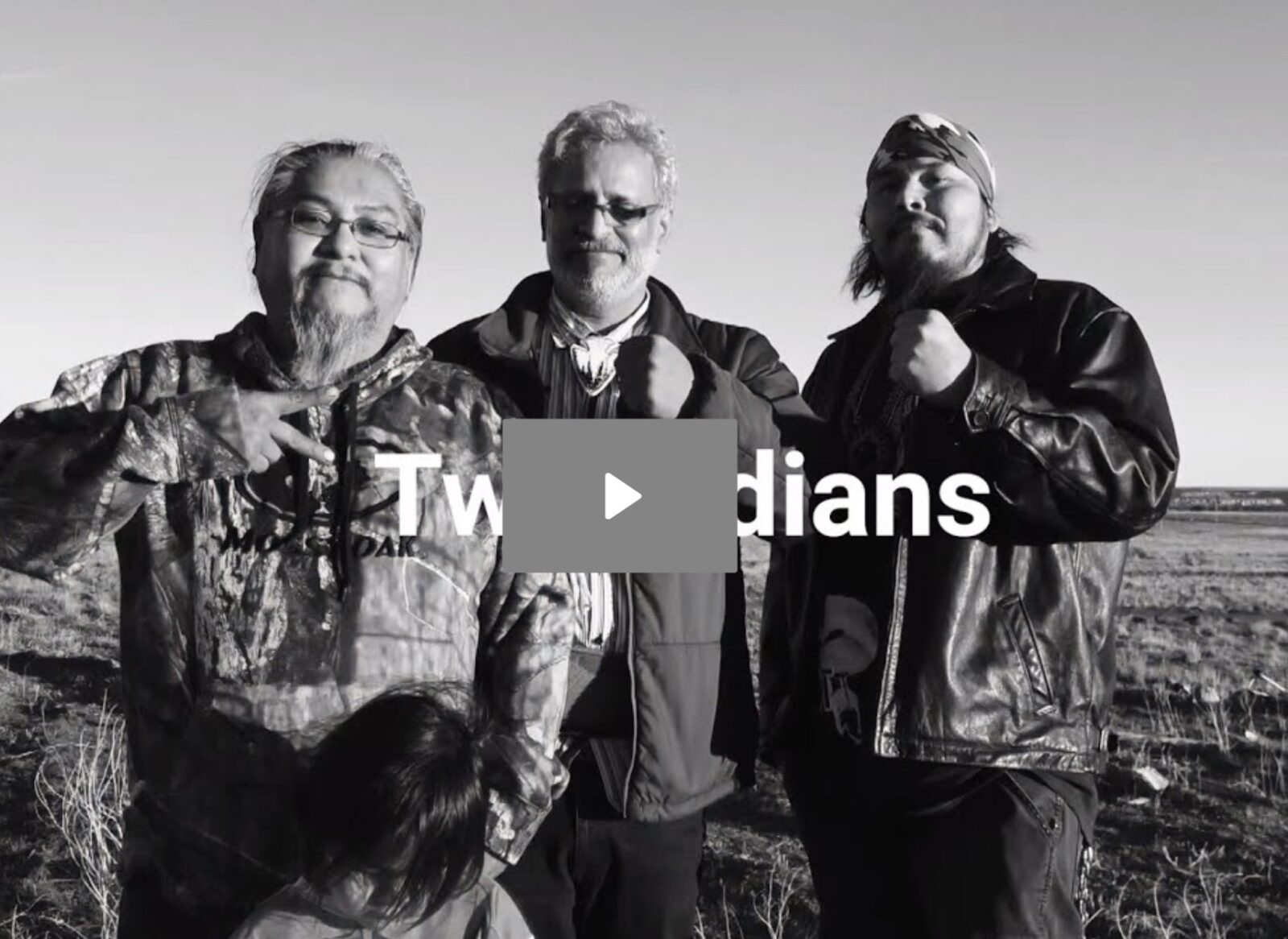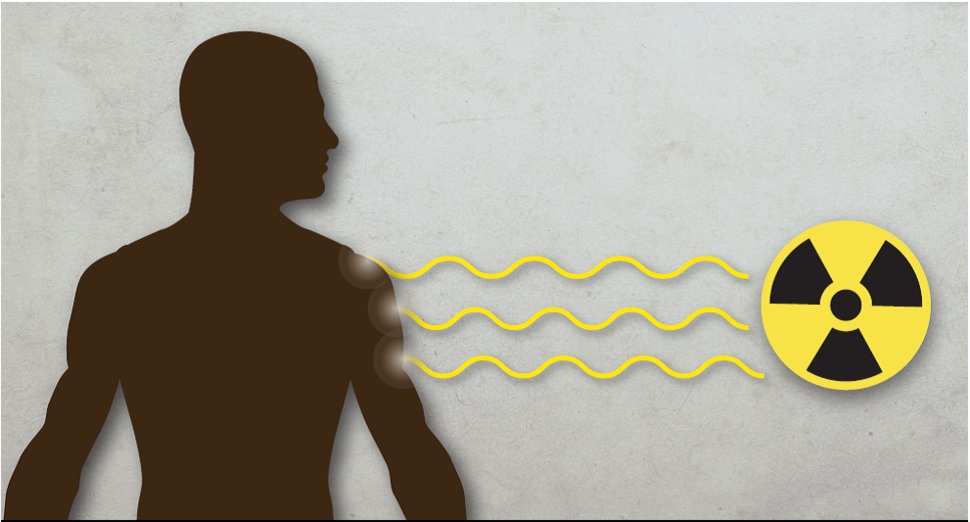Updates & Studies
Radiation persists in wild boars
Some radionuclides persist in the environment once released, contaminating the food chain, creating widespread long-term risk of radiation exposure. Radiocesium, which has been released from civilian reactor meltdowns like Chornobyl and Fukushima, but also from worldwide atomic testing, is one such radionuclide. New research demonstrates that wild boars in Bavaria are not only contaminated by…
Read MoreDU in Ukraine
The United States plans to supply Ukraine with depleted uranium (DU) munitions as part of a US aid package. DU is also used in tank armor. The U.S. contends that there is no health threat even though DU is both a toxic heavy metal and radioactive, could pose a threat to troops from both Ukraine…
Read MoreMarine expert disses dumping
According to marine expert Ken Buesseler, senior scientist at Woods Hole Oceanographic Institution, Japan and TEPCO have “been only partially successful and only partially transparent” as they begin dumping some 350 million gallons of radioactive water into the Pacific Ocean. The water was contaminated by direct contact with the melted radioactive cores of the ruined…
Read MoreThe sordid history of Trinity’s uranium fuel
In addition to the impact the first atomic explosion, Trinity, had on communities near where the bomb was detonated, it also had impact on the uranium mining communities where its fuel came from, including the Congo in Africa. Two-thirds of the uranium for Trinity came from a 24-story deep mine in Katanga, called Shinkolobwe. The…
Read MoreUranium Film Festival returns to the US in 2024
The International Uranium Film Festival (IUFF) plans to return to the United States in early spring of 2024 for an extended tour across the country. At each stop, it will show a selection of movies and documentaries curated for that area of the country about the use of nuclear power and nuclear weapons in the…
Read MoreNuclear Fallout: The vets who went back
The people of the Marshall Islands suffered significant harm from explosions and fallout from the 67 atomic tests carried out there by the US during the Cold War. So did the US military personnel who witnessed the tests. But what of US soldiers who were sent back to “clean up” the radioactive contamination left behind?…
Read MoreTwo Indians: New film seeks help
Shri Prakash, a filmmaker from India, who has examined the devastating health impacts from uranium mining in his homeland, has now turned his attention to his fellow “Indians”, the Native Americans of the US Southwest, where uranium mines have also long harmed communities. His film, Two Indians, is still in preparation. You can see a…
Read MoreACT NOW: The Pacific is not a nuclear dump
People worldwide are signing a petition to stop Japan from dumping radioactive wastewater into the Pacific. The devastating multiple meltdowns at the Fukushima nuclear power reactors are still contaminating Japan, and the waters and sea life off of its coast. Approval of dumping by the International Atomic Energy Agency was based on non-existent or mediocre…
Read MoreLow-dose radiation risk underestimated
New research tracking the deaths of workers in the nuclear industry indicates that risk for cancer death from protracted exposure to external, low-dose radiation has been underestimated. Some of the evidence even indicates a steeper slope for the dose-response association in the low dose range than over the full dose range. Up to now, the…
Read MoreWeaponizing uranium: Join the webinar
Inspired by International Physicians for the Prevention of Nuclear War’s (IPPNW) Mombasa World Congress, please join the US affiliate, Physicians for Social Responsibility, on Wednesday, August 23rd to discuss the legacy of uranium and the ways it has been weaponized to cause disproportionate and irreparable harm to Black, brown and Indigenous communities around the world.…
Read More


